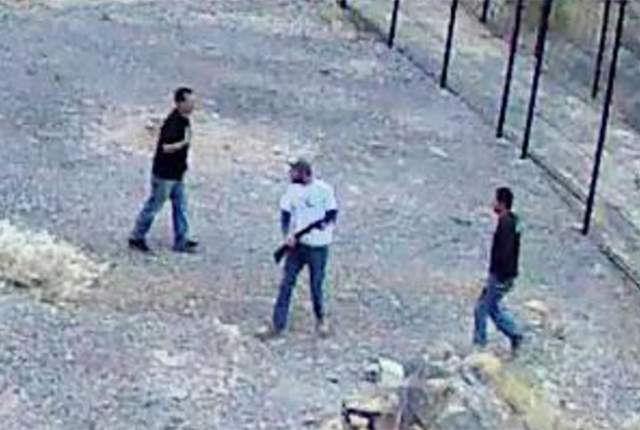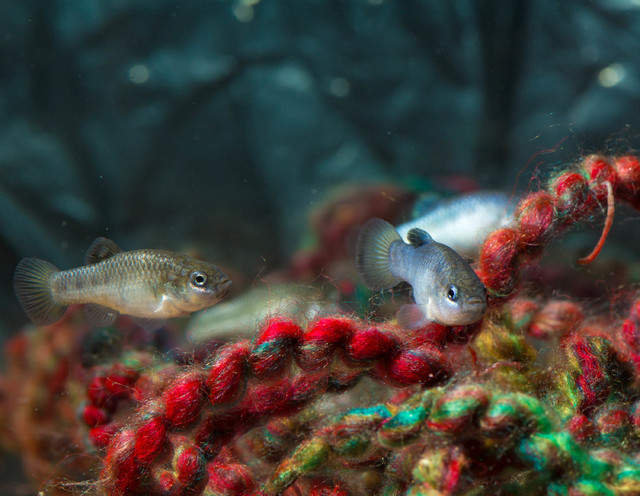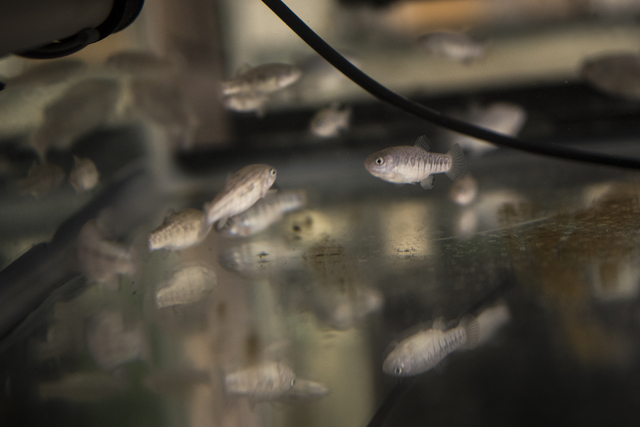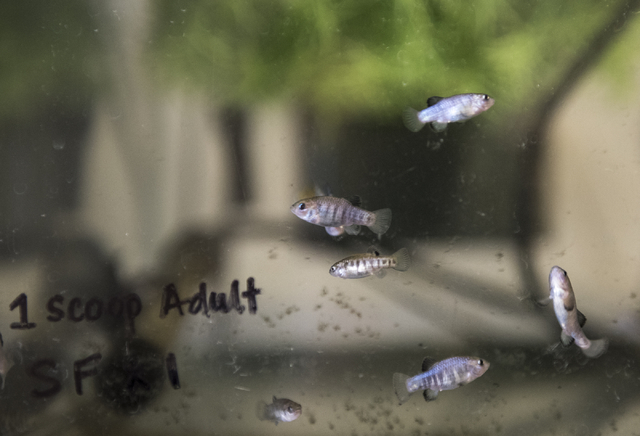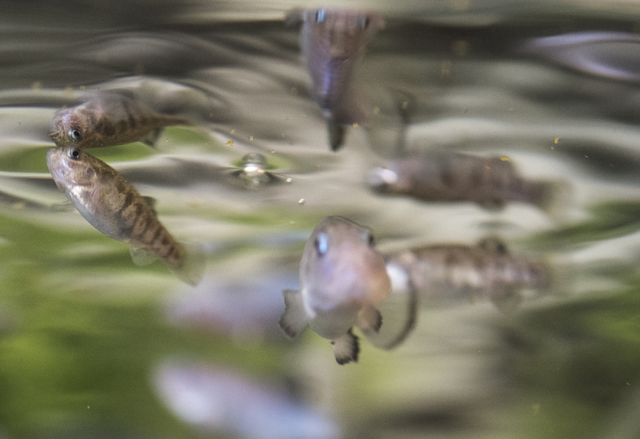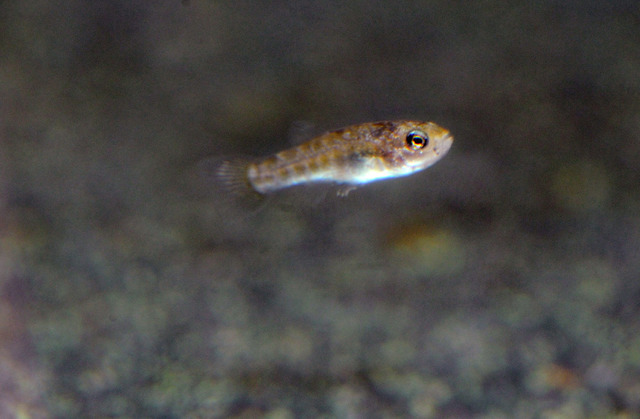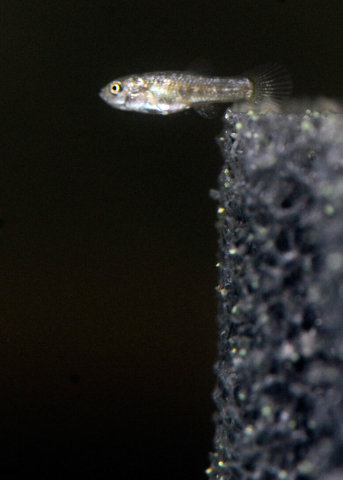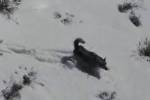Researchers hopeful Devils Hole pupfish will survive beer-fueled invasion
After decades of intense study and federal protection, could Nevada’s most endangered fish have been stomped into extinction by three guys on a beer-fueled romp?
Researchers are still assessing the damage from the April 30 break-in at Devils Hole, the water-filled cavern 90 miles west of Las Vegas known for its resident population of fussed-over pupfish that numbers 115 at last count.
Kevin Wilson, an aquatic ecologist for the National Park Service, said there is almost certain to be some level of damage to the fragile species, but he declined to elaborate because of an ongoing criminal investigation that could result in him being called to testify in federal court.
“We know that stepping on a habitat is going to have a negative impact,” Wilson said. “That’s a no-brainer.”
No charges have been filed, but the Park Service and the Nye County Sheriff’s Office have interviewed Steven Schwinkendorf, 29, of Pahrump, Edgar Reyes, 35, of North Las Vegas, and Trenton Sargent, 26, of Indian Springs in connection with the incident.
Surveillance video from the elaborate security system at Devils Hole showed three men jumping the habitat’s fence, shooting up a sign, some gate locks and an electronic security sensor, and causing other damage. An underwater camera caught footage of one of the men stomping around on the shallow, rocky shelf where the Devils Hole pupfish spend most of their time feeding and spawning.
Park employees later found beer cans and vomit at the edge of the pool and a pair of boxer shorts floating in the water. They also found a dead fish, but it’s unclear if it was killed by the men.
The break-in could not have come at a worse time of year, according to Duane Moser, a microbiologist and associate research professor at the Desert Research Institute, the independent research arm of the Nevada System of Higher Education.
“Spring is a really critical time for the pupfish because that’s when the majority of seasonal recruitment occurs,” Moser said.
At the surface, the pool in Devils Hole is about 8 feet wide and 60 feet long, with steep cavern walls shielding the thermally heated water from the sun for much of the year. Spring is when sunlight begins to hit the water again, spurring algae growth and increased reproduction by the pupfish, whose population dwindles during what Moser called the “winter nutritional bottleneck.”

That springtime activity takes place right where the beer-swilling humans staged their illegal visit.
“That shallow shelf is the sole spawning habitat. There’s really nowhere else in the system where they spawn and reproduce,” said Mark Hausner, a post-doctoral fellow in eco-hydrology at DRI.
Disruptions are not unheard of at Devils Hole. Flash floods occasionally wash dirt and debris into the pool, and earthquakes as far away as China and Japan have been known to slosh the water back and forth across the shelf in waves more than two feet high.
“Certainly, a large primate splashing around on the shallow shelf could have destroyed eggs,” Moser said, but he doubts whether that disturbance was any worse than some of the natural ones the fish have lived through.
“These things have been on the razor’s edge of extinction for so long,” he said. “I don’t think this an extinction-level event.”
The Devils Hole pupfish has been under federal protection since 1967. The population peaked at 544 in 1990, and bottomed out at 35 in the spring of 2013.
This year’s spring survey, conducted just a few weeks before the break-in, showed those 115 pupfish, up from 80 last April.
Hausner said researchers could get some idea of the potential human-caused damage during what is known as an early-life-stage survey conducted each spring to count newly hatched fish. They can also check on the condition of algae in Devils Hole, the primary food source for the 1-inch fish.
But even if the species was to die out for good in the coming months or years, it will be almost impossible to prove scientifically that three beer-swilling men had anything to do with it.
Moser said experts still can’t explain the population decline that began 20 years ago. What happened on April 30 will only lead to more questions in an already “question-rich environment,” he said. “Whatever happens, we’re just not going to know.”
Contact Henry Brean at hbrean@reviewjournal.com or 702-383-0350. Find @RefriedBrean on Twitter.
RELATED
As researchers fret, Devil's Hole pupfish just keep swimming
Endangered pupfish make small strides with lots of help
New $4.5 million lab battles for life of dwindling Devil's Hole pupfish
Cavern's pupfish population decreasing in number



